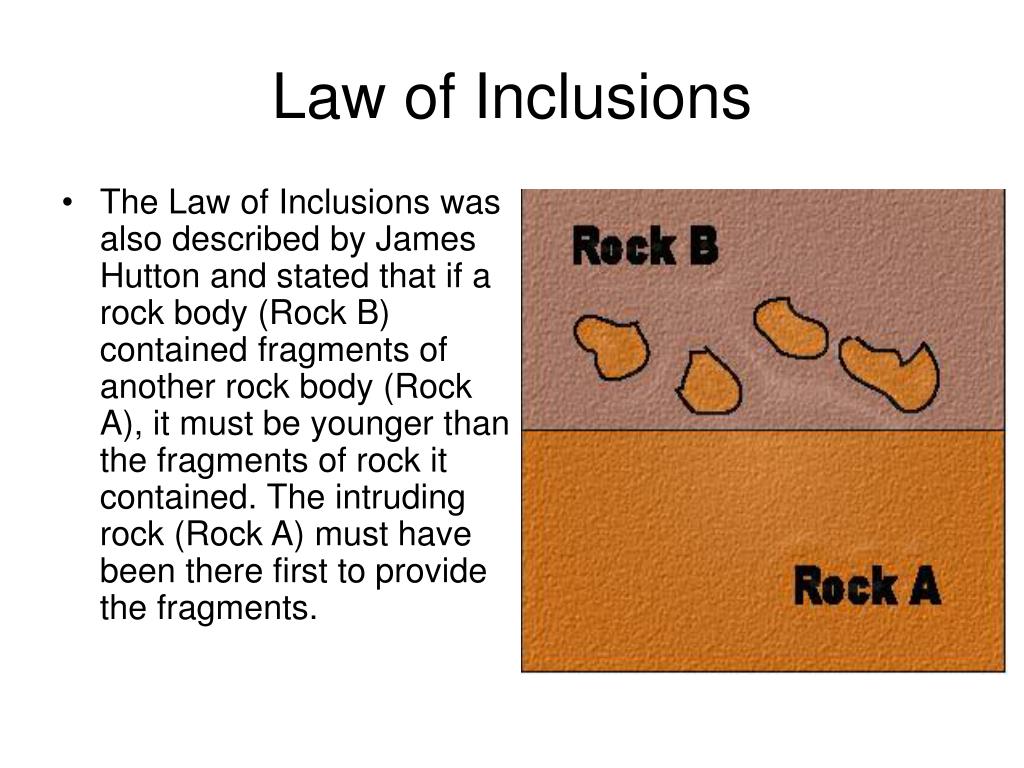
Frequently people will use \(χG(x)\) to stand for the number of ways to color \(G\) with \(x\) colors, and call \(χG(x)\) the chromatic polynomial of \(G\). Thus it is called the “ chromatic polynomial of the graph \(G\).” Since we like to think about polynomials as having a variable \(x\) and we like to think of \(c\) as standing for some constant, people often use \(x\) as the notation for the number of colors we are using to color \(G\). The formula you found in Problem 242c is a formula that involves powers of \(c\), and so it is a polynomial function of \(c\).

Find a formula (which may involve summing over all subsets \(F\) of the edge set of the graph and using the number \(γ(V, F)\) of connected components of the graph with vertex set \(V\) and edge set \(F\)) for the number of proper colorings of \(G\) using colors in the set \(C\). What set of properties does a proper coloring have?Ĭ. Let us call this property “property \(e\).” In this way each set of properties can be thought of as a subset of \(E\). Given a coloring of \(G\), for each edge \(e\) in \(E\), let us consider the property that the endpoints of \(e\) are colored the same color. In terms of \(γ(V, F)\), in how many ways may we color the vertices of \(G\) so that each edge in \(F\) connects two vertices of the same color? (Hint).ī. Suppose we have a set \(C\) of \(c\) colors with which to color the vertices.Ī. Suppose we have a graph \(G\) with vertex set \(V\) and edge set \(E\). We are going to show how the principle of inclusion and exclusion may be used to compute the number of ways to color a graph properly using colors from a set \(C\) of \(c\) colors. It is traditional to use the Greek letter \(γ\) (gamma) 2 to stand for the number of connected components of a graph in particular, \(γ(V, E)\) stands for the number of connected components of the graph with vertex set \(V\) and edge set \(E\). If we have a graph on the vertex set \(V\) with edge set \(E\) and another graph on the vertex set \(V\) with edge set \(E'\), then these two graphs could have different connected components. Notice that the connected components depend on the edge set of the graph. Thus we have a partition of the vertex set, and the blocks of the partition are the connected components of the graph.

Since \(B_1 = B_2\), these two sets are the same block, and thus all blocks containing \(v\) are identical, so \(v\) is in only one block. (Relevant in Appendix C as well as this section.) Show that \(B_1 = B_2\). Then \(B_1\) is the set of all vertices connected by walks to some vertex \(v_1\) and \(B_2\) is the set of all vertices connected by walks to some vertex \(v_2\). To prove that we have defined a partition, suppose that vertex \(v\) is in the blocks \(B_1\) and \(B_2\). To have a partition, each vertex must be in one and only one block. Clearly, each vertex is in at least one block, because vertex \(v\) is connected to vertex \(v\) by the trivial walk consisting of the single vertex \(v\) and no edges. For each vertex \(v\) we put all vertices connected to it by a walk into a block together. Given a graph which might or might not be connected, we partition its vertices into blocks called connected components as follows.

(Recall that a graph is connected if, for each pair of vertices, there is a walk between them.) Here, disconnected graphs will also be important to us. Assuming that we know the sizes of these sets, and their mutual intersections, the principle of inclusion and exclusion allows us to do exactly that. Here we are interested in a different, though related, problem: namely, in how many ways may we properly color a graph (regardless of whether it can be drawn in the plane or not) using \(k\) or fewer colors? When we studied trees, we restricted ourselves to connected graphs. 1 Principle of inclusion and exclusion Very often, we need to calculate the number of elements in the union of certain sets. You may have heard of the famous four color theorem of graph theory that says if a graph may be drawn in the plane so that no two edges cross (though they may touch at a vertex), then the graph has a proper coloring with four colors. A coloring is called proper if for each edge joining two distinct vertices 1, the two vertices it joins have different colors. A coloring of a graph by the elements of a set \(C\) (of colors) is an assignment of an element of \(C\) to each vertex of the graph that is, a function from the vertex set \(V\) of the graph to \(C\). We defined a graph to consist of set \(V\) of elements called vertices and a set \(E\) of elements called edges such that each edge joins two vertices. I have the answer given from the tutor but it doesn't make sense to me.\)ĥ.2.4: The Chromatic Polynomial of a Graph The question wants to count certain arrangements of the word "ARRANGEMENT":Ī) find exactly 2 pairs of consecutive letters?ī) find at least 3 pairs of consecutive letters?


 0 kommentar(er)
0 kommentar(er)
